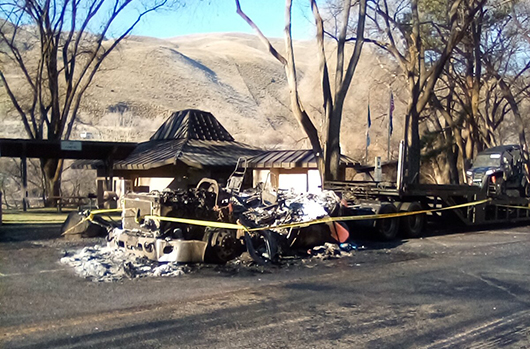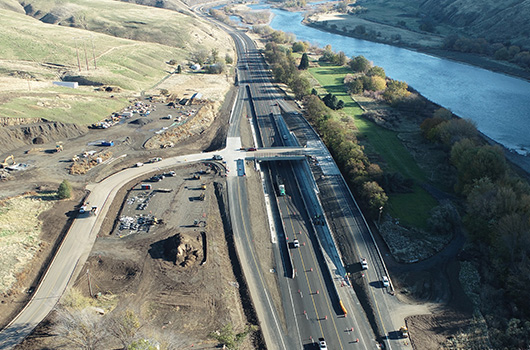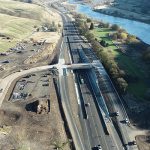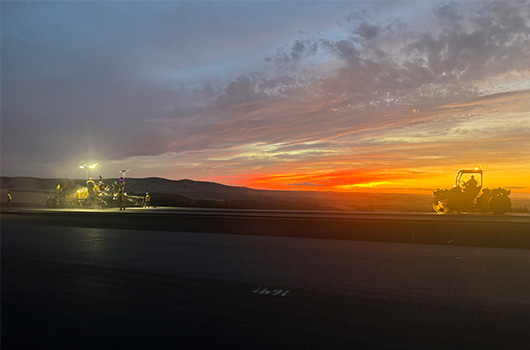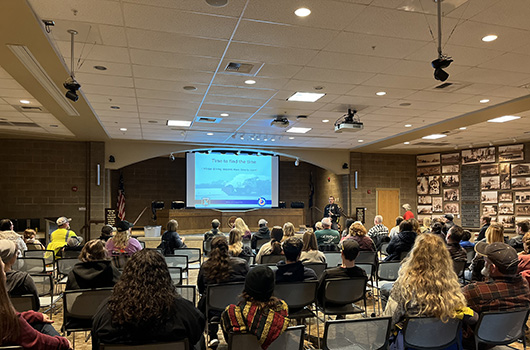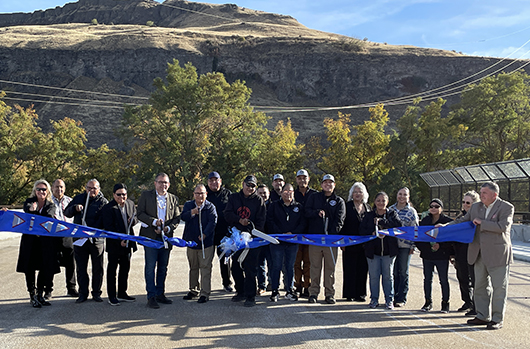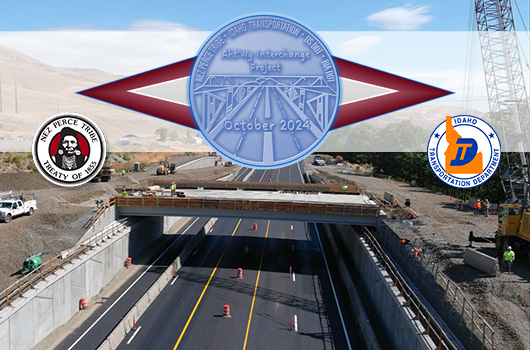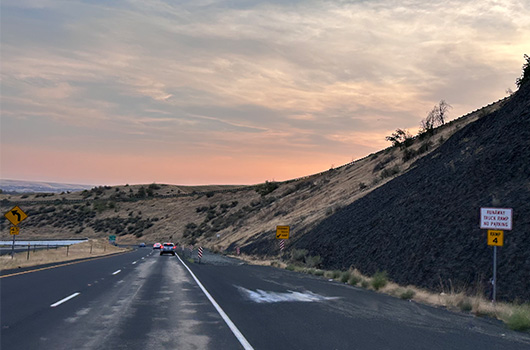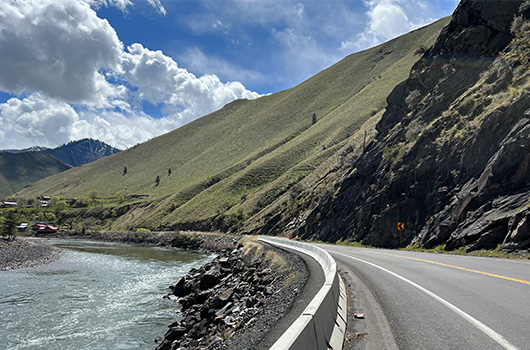The public and media are invited to a ribbon-cutting ceremony hosted by the Nez Perce Tribe on Thursday, October 24 to mark the completion of the Aht’wy Interchange project. The recently built interchange, located on U.S. Highway 95 adjacent to the Clearwater River Casino & Lodge, is a collaborative effort between various entities, including the Nez Perce Tribe, Idaho Transportation Department (ITD), Bureau of Indian Affairs (BIA) Northwest Region, Federal Highway Administration, and the U.S. Department of the Interior BIA – Division of Transportation.
The Aht’Wy Interchange, the first of its kind for Idaho’s north central region, will enhance safety by accommodating vehicles merging on, off, and across the highway without impeding the primary flow of traffic. The interchange features deceleration and acceleration ramps that connect Aht’Wy Plaza seamlessly to U.S. Highway 95.
“The completion of the Aht’Wy Interchange project has been long awaited to improve traffic safety on the highway in this area. The Nez Perce Tribe, ITD District 2, federal programs, and others can finally see the fruits of their labor after years of dedicated work and collaboration,” stated Mary Beth Clark, Nez Perce Tribe Transportation Manager.
Event Details:
Date: Thursday, October 24
Time: 1:30 PM
Location: 17825 Nez Perce Road, Lewiston, ID
(Parking will be available at the Aht’Wy RV Park directly east of the Clearwater River Casino & Lodge. The ceremony will be held outdoors at the northernmost ramp of the interchange.)
The event will include Nez Perce drummers from Lighting Creek, a ceremonial demonstration of Nez Perce horsemanship across the overpass, and a prayer from Nez Perce Tribal Executive Committee Chaplain Mary Jane Miles. Federal, state, county, and local officials associated with the project will then share remarks with the community. The event will close with a ribbon-cutting by project partners to commemorate this historical milestone.
“We appreciate support for this project from the state of Idaho, the Idaho Congressional Delegation, especially Senator Risch, and the communities in this area. Without their support and a commitment by the Tribe to address the safety concerns in this area, this project may not have been possible. We invite all to come be a part of the ribbon-cutting for the completion of this critical section of highway infrastructure in our region,” concluded Clark.
